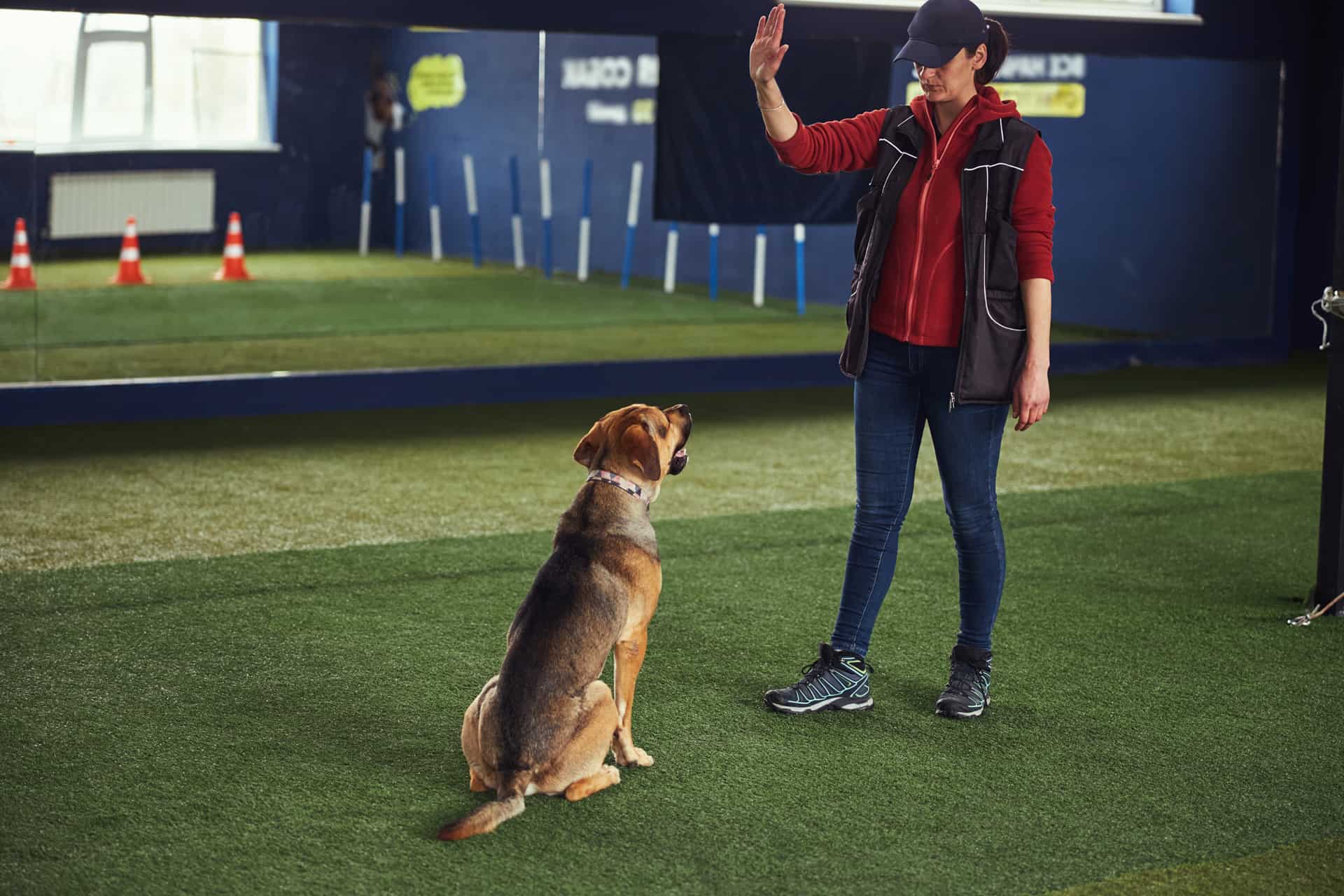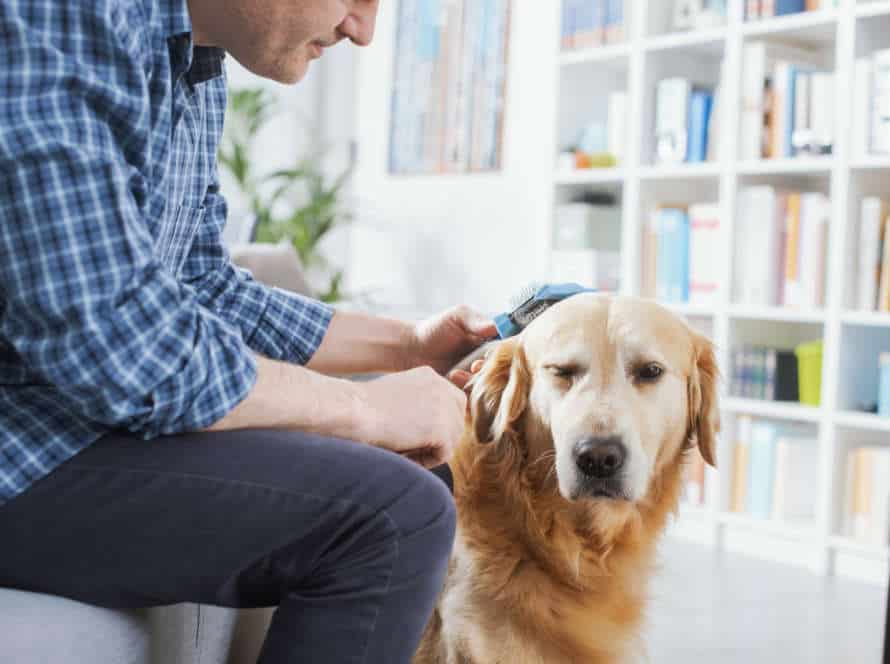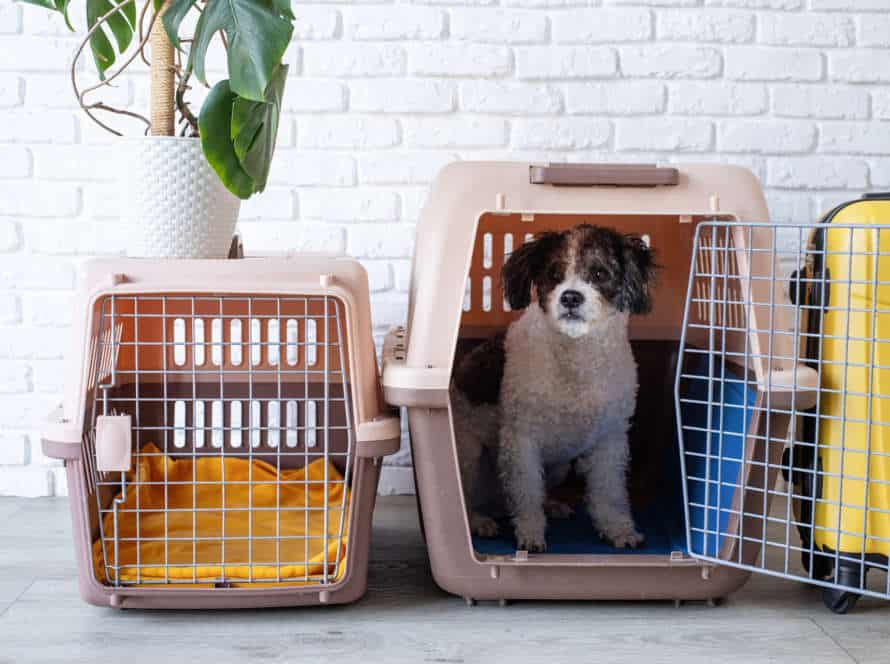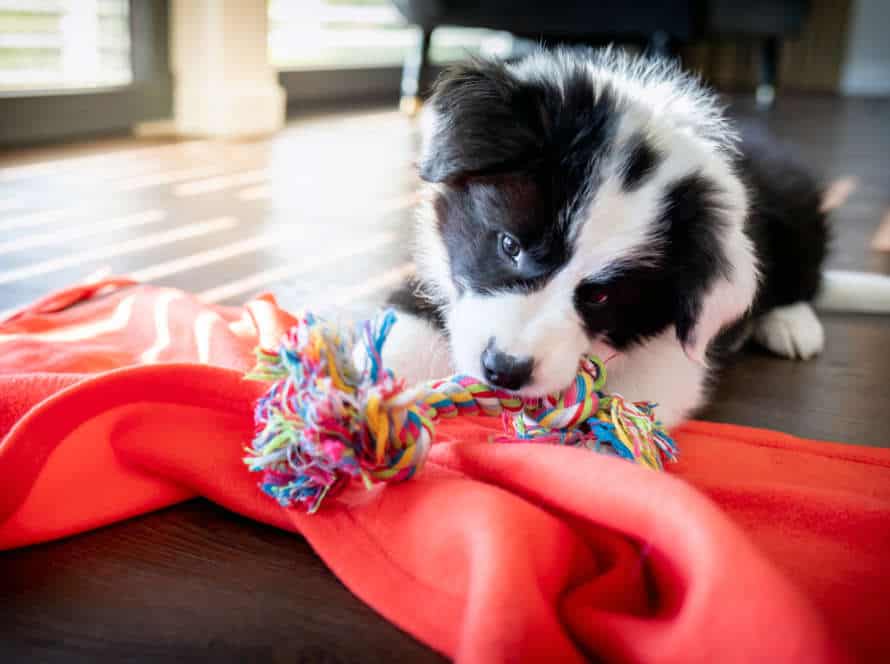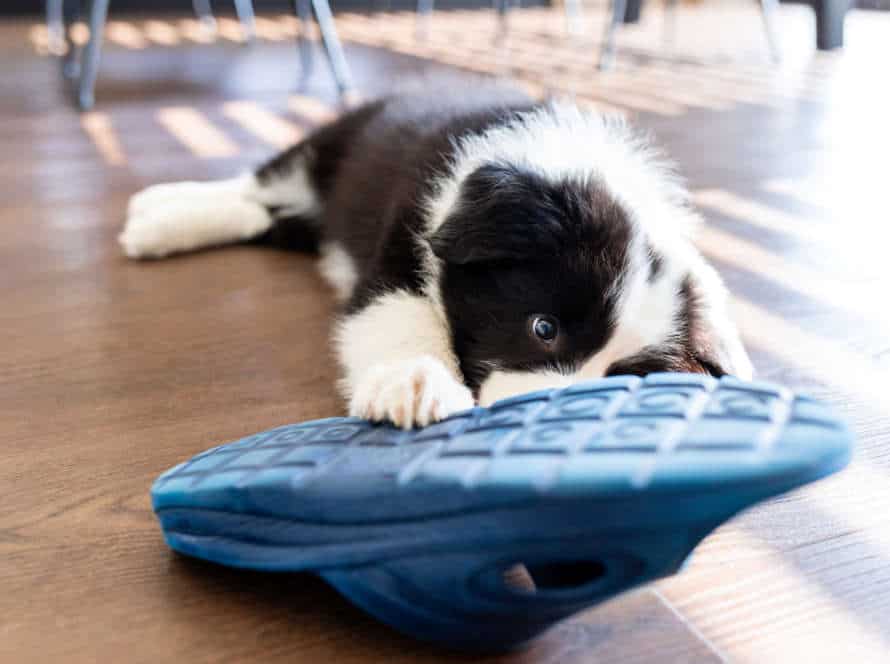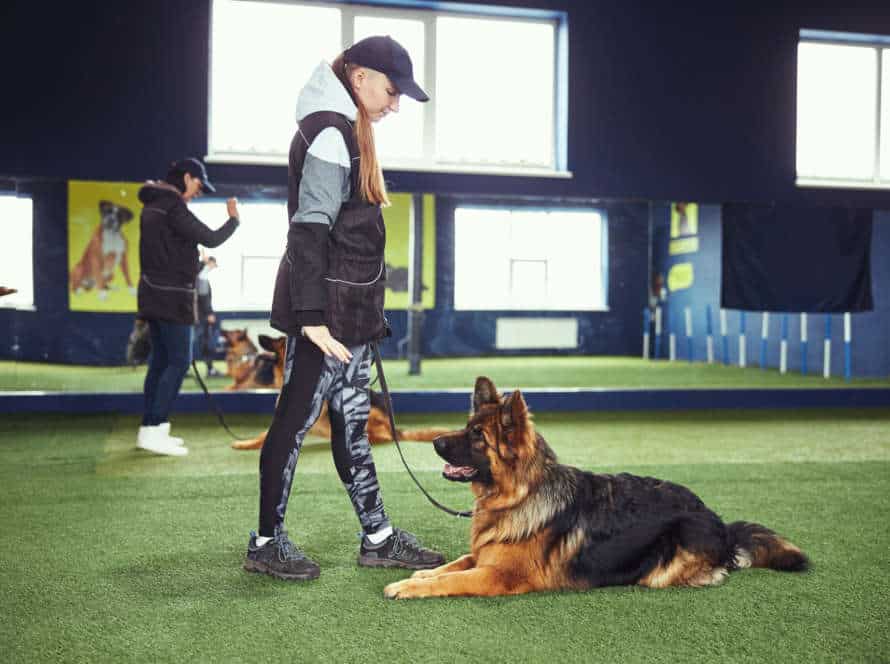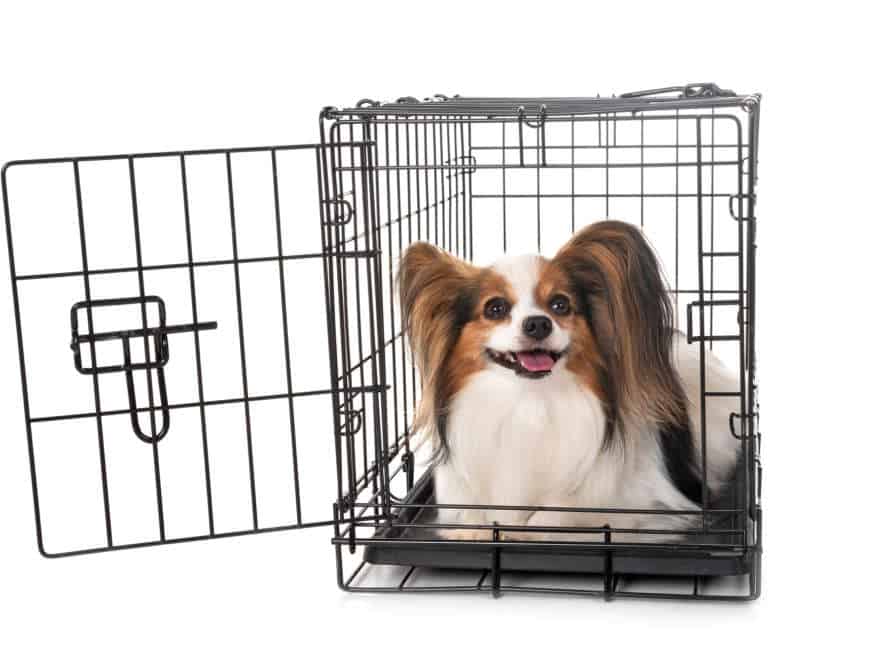Troubleshooting Common Stay Command Problems
The “Stay” command is key for dog training. But, it can be tricky getting your pup to obey it. Here are some common hiccups and their solutions:
- Your dog breaks the Stay command too soon? Go back to basics. Practice with shorter durations. Gradually increase time. Use treats and praise to encourage your dog to stay still.
- Your dog won’t stay put? Increase the distance or use a leash. Start in a quiet, controlled environment without distractions. Then, gradually add distractions as your dog improves.
- Your dog associates the Stay command with negative experiences? Use the Stay command in positive, rewarding situations, like playtime and mealtime. This reframes your pup’s understanding of the command.
Training takes time and patience. Consistent practice and positive reinforcement help your dog master the Stay command.
Issues with Stay Command Execution
Stay command – many OSs use it. It pauses a program for a determined time. It may look simple, but issues can occur when running it. Let’s look at the common problems with Stay command execution and how to fix them.
Dog does not respond to the Stay Command
The “stay” command is essential for every pup to know. But, some common issues can lead to dogs not responding properly. Here’s what to watch out for:
- Training: Could be a problem if it was not taught correctly with positive reinforcement.
- Distractions: Dogs are easily sidetracked, especially in new places or around strangers and other animals.
- Timing: If you tell them to stay too soon or too late, they won’t understand.
- Health: If your dog is feeling unwell, it can be hard for them to obey the command.
It’s best to figure out the problem and adjust your training. Be patient and consistent with them and get professional help if needed.
Dog is unable to hold the Stay Command for long
Is your pup strugglin’ to obey the ‘Stay’ command for long? It’s likely there’s some underlying issues needin’ to be addressed. These are the common problems causin’ stay command problems and how to fix them:
- Hurrying to the release: Dogs often fail ‘Stay’ due to premature release. Practice longer stays, with shorter distances. Let go calmly.
- Lack of proper trainin’: If you haven’t trained pup right, or training has been inconsistent, this could lead to problems. Work on buildin’ a strong foundation for ‘Stay’, with basic obedience and positive reinforcement.
- Health issues: If pup is strugglin’ to hold the stay command, poor health might be the cause. Check with vet for any medical conditions.
It’s important to sort out the problem early, to avoid developin’ annoying habits.
Dog repeatedly breaks the Stay Command
The “Stay” command is very important, but it can be hard when the dog keeps breaking it. Reasons why a dog may not follow it are: lack of understanding, distraction or not enough training. Here are tips to help:
- Lack of Understanding: Teach in a noiseless place. Begin with a small distance, then increase bit by bit to show that “Stay” means the dog must stay until released.
- Distraction: Control their environment. Provide something that will keep them busy like a chew toy or treat. Practice in different places and add distractions slowly.
- Insufficient Training: Be consistent. Train regularly in various places, use positive reinforcement to motivate them. If they break the command, don’t punish. Calmly go back and repeat the command.
With patience and practice, your dog will learn to obey the “Stay” command!
Identifying Reasons for the Stay Command Problems
Stay commands are for keeping your pet in one spot. But, they don’t always work. Your pet could ignore the command or walk away! What causes this issue? And how can you fix it? Let’s take a look!
Improper training techniques
Bad training can lead to ‘stay’ command problems with dogs. Here are 3 of the usual ones and how to work them out:
- Stopping too soon: This can be because the pup doesn’t understand or is too excited. Ensure comprehension first, then gradually increase the stay duration.
- Refusing to stay: Training or timing may be wrong. Praise and reward when they do stay, and use positive reinforcement.
- Moving during stay: This could be leash training or distraction. Try a shorter leash or a calmer environment, and work up to more difficult situations as they improve.
External distractions and stimulus
External distractions and stimulus are why dogs have difficulty following the ‘stay’ command. Some factors that could contribute to the problem:
- New environment: If your pup is in a new or unfamiliar place, they may struggle to stay still. Start with short training sessions in a quiet and familiar area.
- Other pets: If there are other animals around, your dog may want to play or interact with them. Train them in a separate room, or use a gate or crate to keep them apart.
- Noisy surroundings: Loud sounds or voices can cause your pup to break the stay command. Reduce noise by training in a quiet space or using a white noise machine.
- Movement: If you move too much, your dog may think it’s time to follow you. Keep your movements to a minimum and increase your distance from your dog gradually.
Pro tip: Practice the stay command in many different environments to help your pup become more comfortable and adaptable.
Anxiety or Fear in the dog
Anxiety or fear in a dog can lead to “Stay Command Problems.” Identifying why your pup is having trouble with the stay command is essential. Here are some common reasons:
- Distractions: Is your pup easily sidetracked by new sights, smells, or sounds? Training in a quiet, controlled atmosphere can help.
- Lack of Motivation: Is your pup not motivated by the treat or toy you’re using as a reward? Try different rewards or make training more fun.
- Anxiety or Fear: Does your pup become anxious or scared when asked to stay? This could be a sign of a deeper issue. Tackle anxiety or fear before trying the stay command.
- Physical Discomfort: Does your pup have sore muscles or joints that make it hard to stay? A vet visit can rule out medical issues.
Resolving Stay Command Problems
The stay command sorts things by making them stay in one spot. It can be helpful when animating, but problems can occur which affect the timing and flow. Here, we will explore some usual stay command troubles and how to solve them.
Use of Positive Reinforcement for training
Positive reinforcement is a powerful tool for training dogs. It can help with stay command problems. Here are three of them and how to use positive reinforcement:
- Won’t stay in one place? Reward your dog with treats or praise when they stay put. Gradually take steps back.
- Keeps breaking the stay command? Increase the duration slowly and train your dog to stay despite distractions.
- Freezes up or fearful? Use praise and treats to encourage calmness and relaxation. Positive reinforcement helps with obedience and builds a good bond between the pet and owner.
Increasing the Level of Difficulty in Training
If your pup has difficulty with the “stay” command, raising difficulty in training can help fix usual issues. Check out these tips for solving stay command problems:
- Start with short stay times and slowly lengthen them. Quick sessions can give your pup trust and support good behavior.
- Step by step, increase the level of interference. If your pup can stay in a peaceful room with no disturbances, add one distraction at a time. Examples are toys, treats, or other people.
- Whenever your pup gets it right, use positive reinforcement. Reward the good behavior with snacks, compliments, or playtime.
- Be steady with your commands and expectations. If you offer mixed messages, your pup will be puzzled and might not obey the stay command.
- If your pup still has trouble with the stay command, take a break from training and consult a professional dog trainer. They will give great advice and aid.
Re-introducing and repeating Stay Command training
Re-teaching the Stay Command is important to help fix common issues with this command. It’s a must-have for controlling your pup in various scenarios, like crossing streets, meeting new people, and training. Here’s how to troubleshoot:
- Begin from the beginning with the Stay command.
- Be clear and direct with the “Stay” command so your dog understands.
- Make sure your dog knows the “Sit” and “Down” commands.
- Start with short durations for the Stay command and gradually increase it with practice.
- Use treats, verbal praise, or playtime to reward your dog.
- Consistency and patience are vital.
Pro tip: Start the training in a low-distraction environment and up the difficulty with more distractions like toys, food, people, and other animals.
Additional Tips and Tricks for Training Stay Command
Train your pup with the stay command! It keeps them safe and prevents wandering when outdoors or when people visit. However, training the stay command can be tricky. This article gives tips and tricks to get the most out of the training. Ready to start? Let’s go!
Consistency and Patience
Consistency and patience are essential for training your pup to obey the “stay” command. Here are some tips and tricks to help you out:
- Practice in a quiet area so there’s no distractions.
- Begin with brief timeframes and increase them as they get better.
- Reward good behavior with treats.
- Stand close to your pup, and as they get more comfortable, increase the distance.
- If they don’t obey, use a stern “no” and start again.
To fix common “stay” command issues, like them breaking the command, try these:
- Attach a leash to keep them in place.
- Increase the distance gradually to not overwhelm them.
- Practice the “stay” command in various places to help them generalize the knowledge.
- Use a release command, like “OK,” to let them know it’s alright to move from the “stay” position.
Keep in mind, teaching takes time and practice. Be consistent and patient and your pup will eventually master the “stay” command.
Varying the length and duration of Stay Command training
Trainin’ yer pup to stay on command can be a challenge. Lack o’ focus an’ duration can be tricky. Vary the length an’ duration o’ training to overcome these problems. Tips an’ tricks to help include:
- Gradually increasin’ the stay time, startin’ at seconds an’ workin’ up to minutes.
- Vary the trainin’ session length to keep yer pup interested.
- Positive reinforcement like treats an’ praise help to reward the pup for stayin’ in place.
- Practice Stay Command trainin’ in various places an’ environments.
Patience, consistency, an’ repetition are key for successful Stay Command trainin’. Use these tips an’ tricks to help troubleshoot issues, make progress, an’ strengthen yer bond with yer furry friend.
Ensuring a conducive environment for training
Making your pup stay on demand can be hard, yet giving a good environment can make the job simpler. Also, knowing how to get rid of common difficulties can aid you to conquer any blocks that may appear.
Here’re tricks to make certain a smooth training atmosphere:
- Pick a still, indoor area to train your dog. Keep away from outdoor spots with diversions like other creatures or loud sounds.
- Keep training sessions brief and steady, ideally 10-15 mins every day.
- Employ high-value snacks to back up great conduct.
Here are Common Stay Command Problems and How to Fix Them:
- Your dog won’t stay: Start with very short distances. Then, bit by bit, increase the gap as your dog gets used to the Stay command. Give positive backup when the pup begins to stay without wandering.
- Your dog cracks the stay too soon: Exercise in a silent atmosphere at first. Then, gradually head to a busier place to build his resistance to disturbances.
- Your dog doesn’t obey your Stay command when excited: Introduce stay command as a part of everyday action and treat your pooch often to make the behavior stronger.
Training your dog to stay on command necessitates time and resilience, but by following these tips, you can help make the process easier and tackle any issues that show up.
Frequently Asked Questions
Q: My dog doesn’t seem to understand the stay command. What should I do?
A: Start with shorter stays and gradually increase the duration. Also, make sure you are using a clear, consistent verbal and visual cue.
Q: My dog keeps breaking the stay before I release him. What am I doing wrong?
A: You may be releasing your dog too late or sending mixed signals. Practice staying still for a few seconds after giving the command to release and use a clear, consistent release cue.
Q: My dog stays but is too focused on me and won’t take his eyes off me. How can I fix this?
A: Gradually increase the distance between yourself and your dog, and use a treat or toy as a distraction. Also, use a release cue to signal the end of the stay.
Q: My dog won’t stay when there are distractions around. What should I do?
A: Start with low-level distractions and gradually work your way up. Use a leash or physical barrier to help your dog stay in place, and reward him for staying focused on you.
Q: My dog breaks the stay when someone new enters the room. How can I prevent this?
A: Practice the stay command with new people entering the room and use positive reinforcement to reward your dog for remaining calm and focused on you.
Q: My dog seems anxious or stressed during stay training. What can I do?
A: Be patient and take breaks as needed. Make sure your dog feels comfortable and safe, and use positive reinforcement techniques to build confidence and trust.

